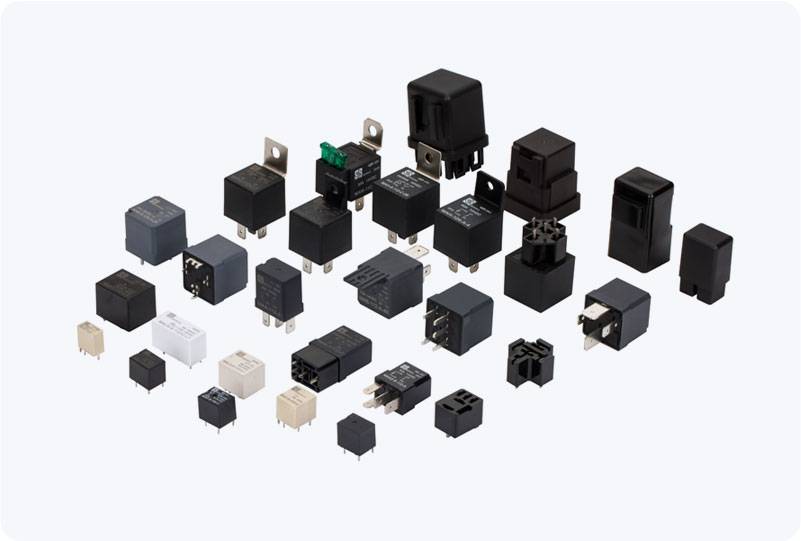In today’s rapidly advancing technological world, the demand for more efficient, reliable, and durable electronic components has never been greater. One such component that plays a crucial role in modern electrical systems is the Solid-State High Voltage (HV) Relay. Unlike traditional mechanical relays, solid-state HV relays offer several advantages, including faster switching, enhanced reliability, and a longer operational lifespan. This article delves into the workings, advantages, and applications of solid-state HV relays, shedding light on their significance in high voltage control systems.

What is a Solid-State HV Relay? A Solid-State HV Relay is an electronic switching device used to control high voltage circuits without the need for mechanical movement. Unlike conventional electromechanical relays, which use moving contacts to establish or break a connection, solid-state relays use semiconductor components such as silicon-controlled rectifiers (SCRs), metal-oxide-semiconductor field-effect transistors (MOSFETs), or insulated-gate bipolar transistors (IGBTs). These semiconductors perform the switching function by either allowing or blocking the flow of electricity, depending on the control signal.